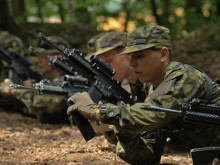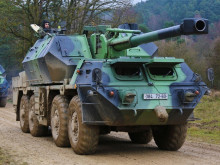New IFVs for the Czech Army: Parameters of Vehicle and Ammunition are Important
Although government spending has brought cuts to the military budget due to the coronavirus pandemic, the largest acquisition program in the history of the Czech Army - the acquisition of new infantry fighting vehicles - continues. The army intends to spread supplies and payments over a longer period of time, but still counts on a choice between three types: CV90, ASCOD 42 and KF41 Lynx. The basic requirements for a new infantry armoured vehicle are well known, but in addition to these main features there is of course a considerable number of other, albeit less visible parameters, which can be of considerable importance for the real efficiency of the vehicle.
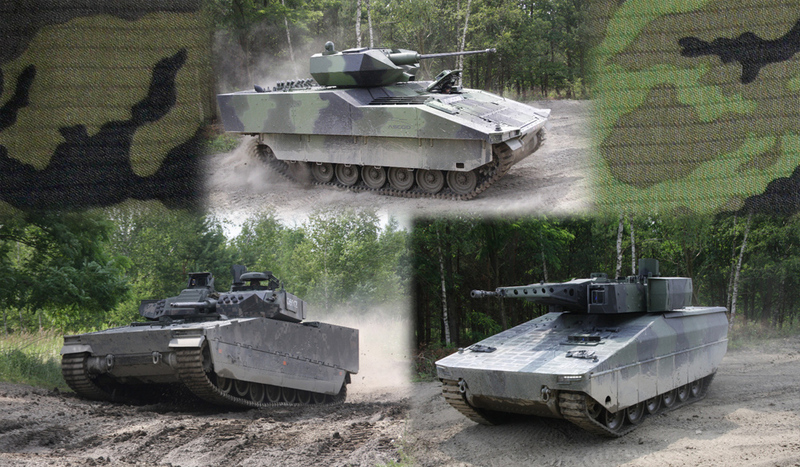
Picture: The army intends to spread supplies and payments over a longer period of time, but still counts on a choice between three types: CV90, ASCOD 42 and KF41 Lynx. | CZD archive
Cannon elevation range
These parameters include the range of elevation (or maximum elevation) of the main armament, which is a 30mm rapid-fire cannon in the turret. The contemporary Czech infantry fighting vehicle BVP-2 is equipped with a 30mm 2A42 weapon, the maximum elevation of which is +75 degrees and a minimum of -5 degrees. The General Dynamics European Land Systems arms factory offers the ASCOD 42 vehicle, whose Israeli Elbit MT-30 Mk2 turret has a 30mm ATK Mk 44 Bushmaster II cannon, the main weapon of which, together with a coaxial machine gun, has the elevation of -15 to +60 degrees. In the case of the Rheinmetall KF41 Lynx type, equipped with a Lance 2.0 turret with a MK 30-2/ABM cannon and a coaxial machine gun, the elevation ranges from -10 to +45 degrees. The BAE Systems CV-90/30 vehicle with a 30mm ATK Mk 44 Bushmaster II cannon and a coaxial machine gun has a turret with the elevation of the main weapon ranging from -10 to +45 degrees. Just for comparison, the Czech Army's Pandur II CZ vehicle is equipped with a RCWS Samson II turret whose main weapon with a coaxial machine gun has an elevation ranging from -20 to +70 degrees.
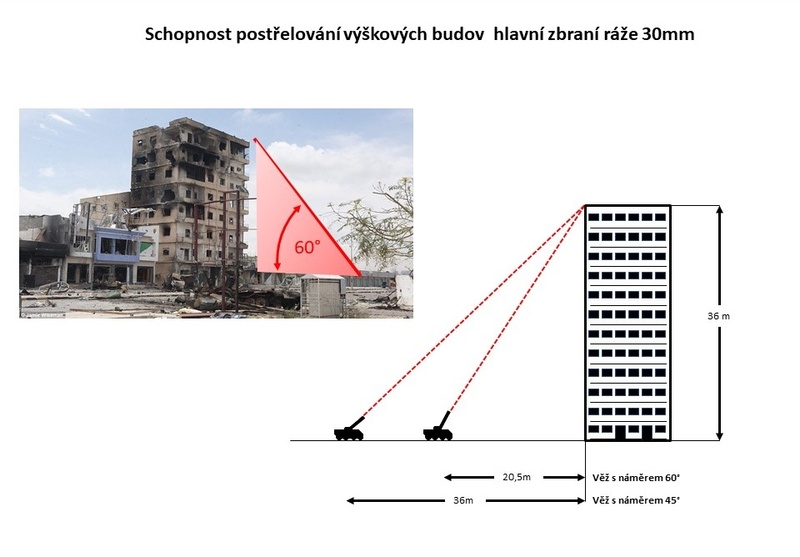 Picture: Ability to fire at high-rise buildings with the main weapon of 30mm caliber | CZD archive
Picture: Ability to fire at high-rise buildings with the main weapon of 30mm caliber | CZD archive
But why is the value of the cannon’s maximum elevation so important? In some environments or situations, it is highly desirable for a vehicle to be able to fire at a steep angle. That is most often utilized in combat taking place in the city or in a densely built-up area with multi-storey buildings. If the armoured vehicle is driving down the street, it can be very important to fire at threats on the upper floors of the surrounding buildings. It should also not be forgotten that infantry fighting vehicles are acquired primarily for territorial defence units, such as the 7th Mechanized Brigade, and therefore their combat deployment should take place primarily on their home turf, in Central Europe. This region boasts a number of mountains and hills, which is another environment in which it can be important to fire with a high elevation if there is a need to eliminate a threat on a nearby slope. Disregarding the political or ideological context, we can bring up the Soviet experience from Afghanistan or the Russian experience from Chechnya, which proved the importance of high angle fire.
.jpg)
Picture: The General Dynamics European Land Systems arms factory offers the ASCOD 42 vehicle, whose Israeli Elbit MT-30 Mk2 turret has a 30mm ATK Mk 44 Bushmaster II cannon, the main weapon of which, together with a coaxial machine gun, has the elevation of -15 to +60 degrees. | GDELS
Air defence
The value of the cannon’s maximum elevation can also play an important role in air defence. It is necessary to take into account the fact that the Army of the Czech Republic is currently decommissioning S-10M2D missile systems and it plans to acquire new air defence missile systems to replace the Kub systems. Although they will probably be very powerful weapons in terms of destructive capabilities, they will lag significantly behind the Kub type in terms of off-road mobility, as they are to be placed on truck chassis. The Kub system on a tracked chassis was created for the air defence of troops, and although the ACR uses it today as an air defence system for territorial defence, it could still provide troop protection, while the new SHORAD system can not serve that purpose.
There will be the RBS 70 missile systems to defend the troops, but their number will probably not be sufficient to cover all threats, the spectrum of which, in addition to "traditional" aircraft and helicopters, increasingly includes drones. Moreover, the army does not seem to have a better plan for the new RBS 70NG systems, specifically for their installation on vehicles so that they could be used without the need to remove them from the rack and unroll them on the ground. The plan reportedly includes only the acquisition of a more suitable transport platform than the Tatra Tactic truck.
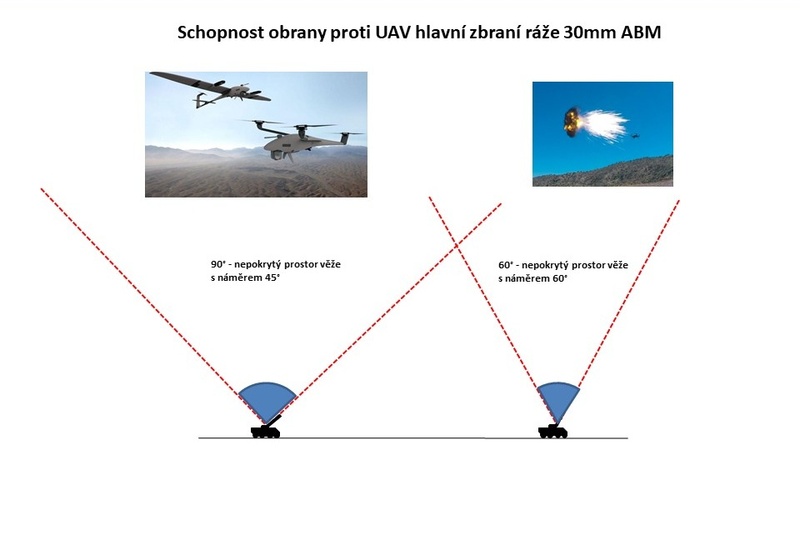 Picture: The defence ability against UAVs with 30mm ABM main weapons | CZD archive
Picture: The defence ability against UAVs with 30mm ABM main weapons | CZD archive
An armoured vehicle with a rapid-fire cannon can thus be a very effective means of air defence. The armoured vehicle's sensor systems are, of course, also capable of firing at air targets, and it is also possible to supplement a part of the vehicles with small radars, which would undoubtedly increase their air defence capacities even more. Modern rapid-fire cannons can also fire so-called air-burst rounds (i.e. munition with programmed time igniters), and they are very suitable against small drones, but precisely for this reason it is important that the cannon has a large value of maximum elevation. After all, it is very easy to imagine a combination of both scenarios, i.e. air defence in the city, because small drones can be a huge source of threats in urban areas.
System of ammunition feeding
The Czech Army requires that the new infantry fighting vehicle carry a 30mm cannon, more precisely a weapon for 30×173 mm caliber ammunition, which represents the NATO standard and is also used in the cannons on Pandur II CZ wheeled combat vehicles, which carry Mk 44 Bushmaster II weapons by the Orbital ATK company (it has been part of the Northrop Grumman arms factory since 2018). The same type of cannon is also found in the Elbit MT-30 Mk2 turret on the ASCOD 42 and in the turret of CV90 Mk II or IV, while the German Rheinmetall KF41 Lynx vehicle carries a Lance 2.0 turret with 30 or 35mm Rheinmetall cannons.
German cannons follow on from the products of the famous companies Oerlikon and Mauser, both of which have become part of the Rheinmetall corporation. In terms of ammunition, they meet the NATO standard, i.e. 30×173 mm caliber, but they use a different way of feeding ammunition and thus also ammunition belts, which are not compatible with other weapons of this type produced in the US or Western Europe and used in NATO countries. Ammunition belts for Mauser system cannons cannot therefore be used in combat turrets equipped with ATK Bushmaster II cannons and other types of cannons of 30mm caliber, such as Pandur II CZ vehicles of the Czech Army.
.jpg)
Picture: Ammunition with ammunition belt for Bushmaster II cannon (top) and for Rheinmetall MK 30-2 cannon (bottom) | CZD archive
It is necessary to add that ammunition for 30mm automatic cannons is supplied by the manufacturers in shipping boxes with already filled ammunition belts. Therefore, if the army opted for the KF41 Lynx, it would complicate logistics even when buying ammunition. In such a case, the military could not have in stock one type of ammunition usable for both wheeled and tracked infantry fighting vehicles, but would have to buy, from various manufacturers, two types of ammunition belts that would not be interchangeable and usable in any vehicle. There was no such a problem with the ASCOD 42 and CV90 armoured vehicles, as they were equipped with the same type of cannon as the KBVP Pandur II CZ and had the same system of ammunition belts as most vehicles used in NATO.
As for the growth potential of the armament for the future, the manufacturer of the KF41 Lynx vehicle declares the possibility of installing Rheinmetall Wotan 30 and 35 cannons in calibers of 30 mm and 35 mm. In contrast, the ATK Bushmaster IV cannon exists in a 40 mm caliber and the Bushmaster III type is also available in 35 or 50 mm caliber. This is a relatively important fact, as the current standard caliber of 30 mm is increasingly considered to be insufficient, and therefore it can be expected that the Czech Army's infantry fighting vehicles will be rearmed with larger and more powerful rapid-fire cannons.
Dimensions and weight
After all, the growth potential is highly important for the whole vehicle, because the Czech Army will use this new type for at least thirty (maybe up to forty) years, certainly at the beginning of the second half of this century. This, of course, means that armoured vehicles will get new capabilities and systems, including weapons, sensors, communication and protection systems. After all, there is talk today that a "hard-kill" active protection system will be installed on them. All of this will logically lead to an increase in weight, which the basic platform must handle. It is therefore advisable to look at the weights and dimensions of the individual candidates.
Although low weight may certainly look attractive in terms of easier transport, it also means lower growth potential. The small size can also bring problems in terms of soldier comfort, which is, after all, clearly shown by the existing BVP-2, but it was also the cause of the problems of the German Puma vehicle. At the same time, however, too large dimensions are not desirable, because they mean a large silhouette (and thus easier identification of the vehicle) and can also significantly complicate transport, including transport by rail. This means a significant disadvantage for Lynx, as it is 3.6 m wide, while the CV90 type is about 3.2 m and the ASCOD 42 type is 3 m wide (after removing the additional side armour modules). For comparison, the BVP-2 is approximately 3.1 m wide.
Picture: The Lynx is 3.6 m wide, the CV90 approximately 3.2 m and the ASCOD 42 (pictured) 3 m wide (without the additional side armour modules). | GDELS
The CV90 vehicle is the lightest, the maximum weight of the CV90 Mk IV version has increased to 35-37 tons compared to its older versions, which is probably the weight ceiling of the design. The ASCOD 42 type weighs about 38 tons in the basic configuration, and the manufacturer states a total maximum weight of up to 42 tons. For the KF41 Lynx vehicle, the manufacturer states a weight of 34 tons for the version of the armoured personnel carrier with a machine gun turret and rubber tracks. In the infantry fighting vehicle version, the manufacturer declares the weight of 44 to 48 tons, with the maximum weight reaching up to 50 tons. In this regard, it is already at the level of tanks as, for example, the T-72M4CZ weighs 48 tons.

Picture: The CV90 is the lightest, with the CV90 Mk IV (pictured) the maximum weight has increased to 35 to 37 tonnes compared to its older versions. | BAE Systems
In terms of hull height, all three candidates are similar, the hull of the CV90 is placed the lowest in relation to the ground, the hull of the ASCOD 42 including the additional side armour modules is higher than the CV90 but lower than the KF41 Lynx. In terms of the overall height, the KF41 Lynx is 3.3 m high including the Lance turret, the ASCOD 42 with the MT-30 Mk2 turret is 3.6 m high, but that includes the Iron Fist system's hard kill rotary launchers, the ceiling of the turret itself is below 3 m.

Picture: In terms of overall height, the height of KF41 Lynx is 3.3 including the Lance turret | Rheinmetall
Parameters have wider implications
A closer look at the primary armament and the evolutionary potential of the three bidders for the Czech Army's new combat vehicle suggests that even some less conspicuous parameters may be highly significant. Experience with the deployment of ground troops over the past decade in various parts of the world has shown the important role played by the elevation range of major weapons mounted in turrets of armoured vehicles, especially when fighting in the city or mountains or defending against drones and low-flying objects. If the army considered equipping the new IFV with some short-range air defence system, then the maximum value of the elevation of the cannon and coaxial machine gun would not be so important. However, if that is not a part of the plan, and everything indicates so, then the elevation of the cannon is a relatively important parameter. After the decommissioning of the S-10M2D, the mechanized units of the ACR will have no self-propelled means of direct air defence.
For the selection procedure, the Ministry of Defence required armament in the form of a 30mm cannon of the NATO standard. It seems to be absolutely logical, as it is the most widespread caliber in the category of infantry fighting vehicles, and at the same time weapons of this caliber are already available in the Czech army Pandur II CZ vehicles. However, the media often do not consider the specifics or circumstances that these seemingly clear parameters indicate. Such seemingly unimportant parameters are, for example, the various ways of feeding ammunition into the weapon or the different types of ammunition belts of NATO standard already mentioned. While the German Mauser system is used only by Puma, Lynx or Ulan and Pizarro vehicles armed with the Rheinmetall (formerly Mauser) Mk 30-2 cannon, the American ATK Bushmaster II cannon is much more widespread. We can find it in Czech Pandurs II CZ and Polish KTO Rosomaks, American Strikers Dragoon, in CV90/30 vehicles of several armies, also in the different versions of Piranha type in several armies, or in a number of military vessels or combat aircraft AC-130W and AC -130J.
The difference in the principles of feeding ammunition and the relevant ammunition belts, of course, does not affect the effectiveness of fire, but it does affect logistics. In this context, the example of Spain is interesting. Since the turn of the millennium, it has had Pizarro tracked infantry fighting vehicles, the turrets of which were equipped with Mauser MK 30-2 cannons, but the newly ordered wheeled 8x8 IFVs will have the ATK Bushmaster II cannon installed in their turrets. The question is whether the Spanish army does not mind this logistically tough proposition, or whether it is preparing for the unification of ammunition in the future, and the armament of Pizarro vehicles will change.
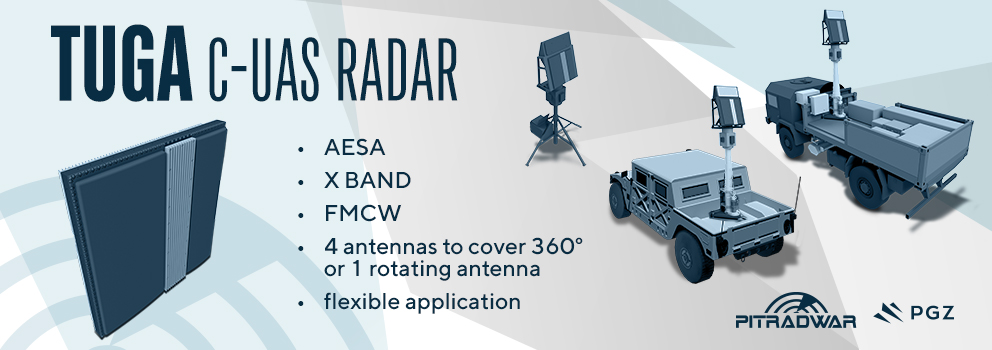
















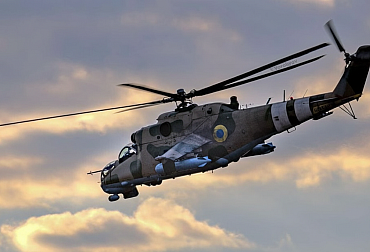
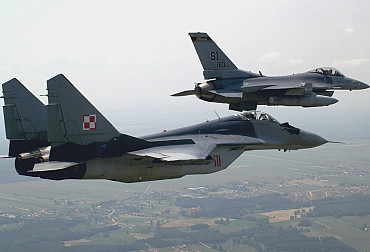

.JPG)
